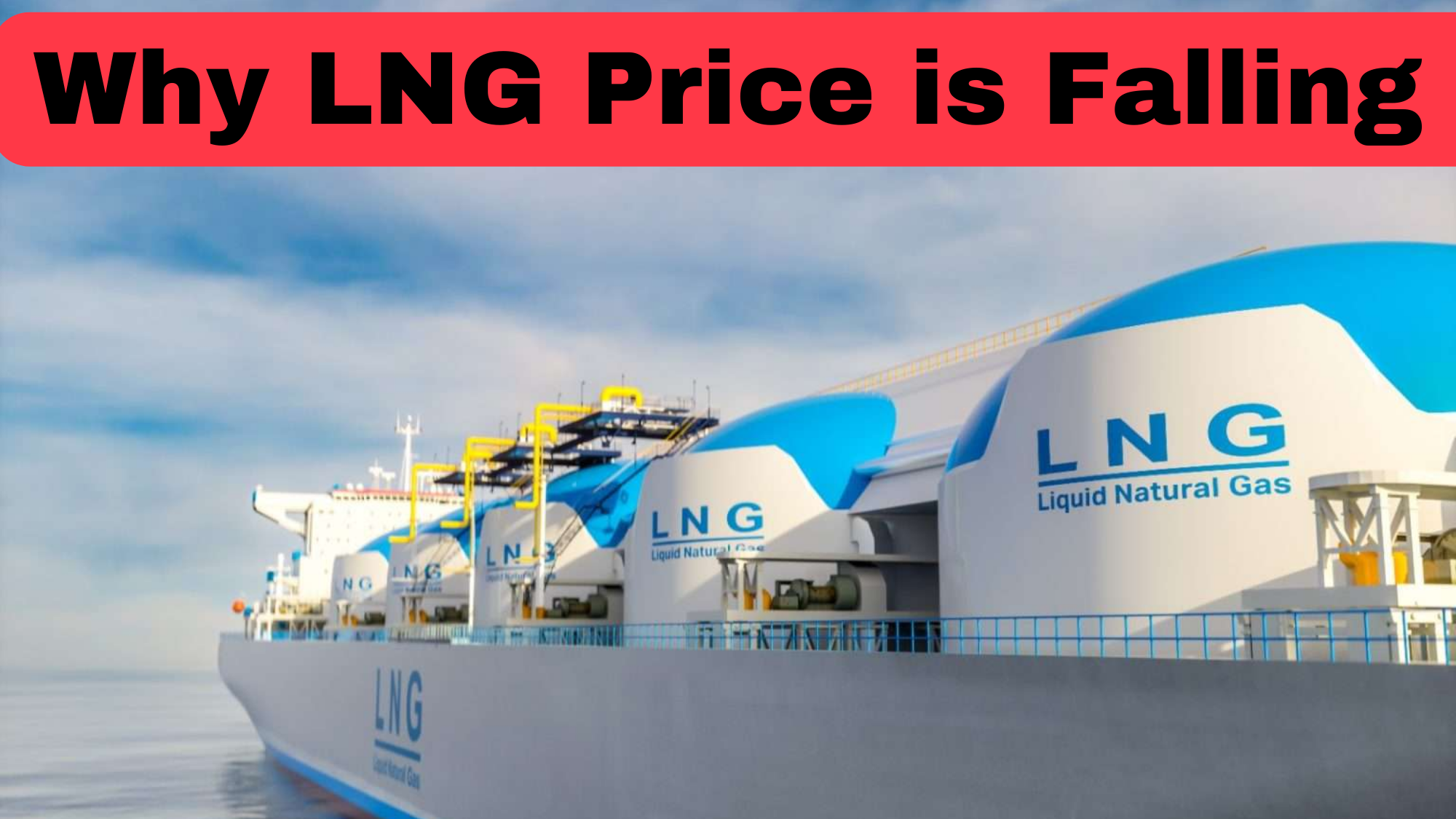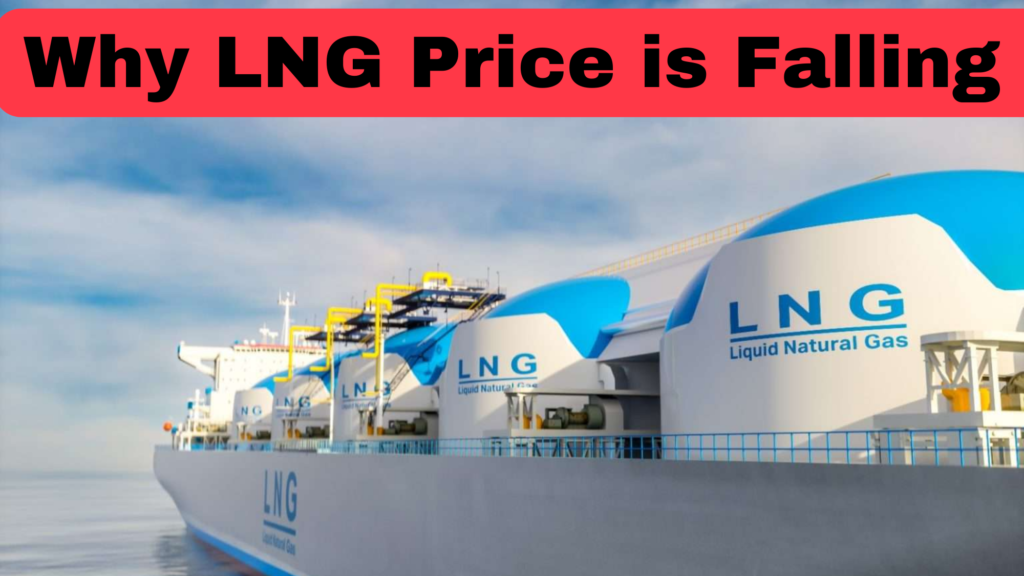

Why is LNG Price Falling and Demand Surging?
The surge in demand for liquefied natural gas (LNG) is being driven by price-sensitive buyers in China, India, and Southeast Asia who are seizing the opportunity to purchase more spot shipments of the fuel. With prices hitting a three-year low, these buyers are ramping up their purchases to fuel industries and electricity generation.
Also Read: What is China’s New Guidelines to Phase Out U.S. Microprocessors (investonomic.co.in)
Analysts predict that China, the world’s largest LNG importer, could surpass its record volume of 78.8 million metric tons in 2021, while India’s imports are expected to increase by around 10% this year. This surge in demand is expected to tighten global supplies and potentially lead to price increases.
Key players in the LNG market, including Gail, Gujarat State Petroleum Corporation (GSPC), Torrent Gas, Bharat Petroleum Corp (BPCL), and Indian Oil Corp (IOC), are taking advantage of the low prices by purchasing spot cargoes.
The decline in Asia spot LNG prices to between $8.3 and $9 per million British thermal units (mmBtu) has created opportunities for these companies to expand their sourcing and sales to sectors such as power generation, refining, and fertilizers.
The current price of spot LNG is significantly lower than the levels seen in previous years, with prices reaching a record high of $70 per mmBtu in 2022 during the Russia-Ukraine war.
This price drop is benefiting power units, refineries, petrochemical, and fertilizer plants, with companies like Reliance Industries and Hindustan Petroleum Corp (HPCL) seeking LNG cargoes to meet their needs.
As temperatures rise and power demand increases, companies such as Torrent Power and NTPC are increasing their LNG purchases. India, with 25,000 MW of installed gas-based power capacity, is anticipating record power demand this summer.
The government is encouraging power generation companies to buy gas and commission stranded power units to meet the growing demand.
In January 2024, India’s LNG demand continued to rise, driven by lower spot prices. Total gas demand in the power, fertilizer, and industrial segments is expected to increase, with the city gas distribution sector seeing flat demand due to a reduction in administered pricing mechanism (APM) gas allocation offset by higher LNG consumption.
Internationally, the US Henry Hub gas price has declined due to weak domestic demand, leading to high inventories.
India aims to increase the share of natural gas in its energy mix from 6% to 15% by 2030, focusing on key sectors such as fertilizers, city gas distribution, power, refineries, and petrochemicals.
Also Read: 1.26 लाख करोड़ रुपये का निवेश: कैबिनेट ने सेमी कंडक्टर (investonomic.co.in)
Overall, Why is LNG Price Falling and Demand Surging? the surge in LNG demand driven by lower prices is expected to reshape the global LNG market and drive increased consumption in key sectors in India and other parts of Asia.



